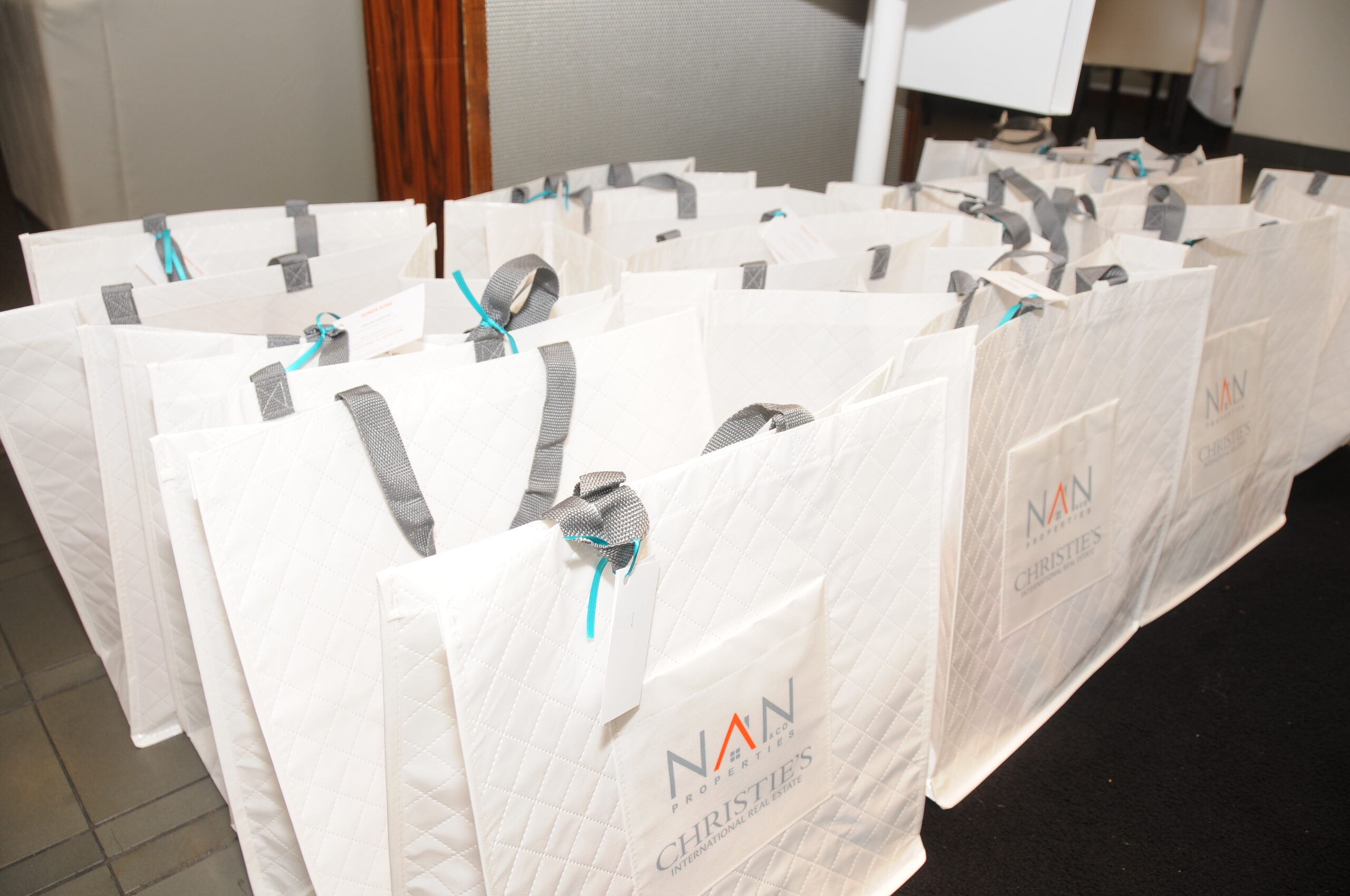I’ve been on both sides of the ask equation.
I’ve asked corporations, small business owners, and makers to sponsor events and to donate in-kind items.
And now with the launch of my first product-based business, Alexander Farm & Orchard, I’ve been on the receiving end of that ask.
Here’s what I’ve learned from both experiences.
The Ask
If you’re approaching an organization, small business owner, or maker about sponsoring your event make sure you:
- Explain what’s in it for the sponsor. Sponsorship, vending, swag bag participation is a marketing event. Sell them on why they should participate. Will your event be filled with their customer? What perks will they receive for participating? Participation and exposure aren’t enough. How will you help promote these businesses to your audience? Are you providing a vendor list? Will you email participants on their behalf? Why should they participate in your event versus all the other opportunities they’re presented with?
- Give small businesses and makers adequate time to prepare. As a product-based business owner who makes handmade items and keeps limited stock, I need adequate time to prepare for big events. Especially since my product needs four weeks to cure. A call three weeks out from an event to produce hundreds of swag bag items will be an automatic no for me.
Business Owner & Maker, Before You Say Yes
I did an informal survey to find out if swag bag participation was a worthy marketing event. I’ve been to my fair share of events and conferences and can honestly say, I’ve never gone back and purchased anything given in a swag bag. At the height of the pandemic, I did go through a bunch of swag bags looking for hand sanitizer. It was a hot commodity! All I found though were coupons and brochures that I eventually threw away.
I honestly believe there’s some psychology surrounding getting free items in a swag bag. If they’ve paid to get into an event, the swag bag items could be seen as restitution for money they’ve already spent and they don’t feel obligated to spend more. That’s my armchair psychology analysis based on what I’ve observed.
Only once have I witnessed a purchase based on a swag bag sample. I went to a national women’s conference and we received coffee in our swag bags. In our Facebook group, one woman asked who the vendor was because she wanted to buy more. That’s the only time I’ve seen a purchase based on swag bag participation. And this experience falls in line with the small informal survey I did. I asked 42 business owners if they got a sale or received new customers based on swag bag participation.
The results:
- 85.7% of participants replied no. They did not receive new customers or sales as a result.
- Only 14.2% said they received a sale or a new customer due to swag bag participation. One business owner did say that even though she made a sale, it wasn’t enough to cover the cost of the product she donated.
Things to consider before you say yes:
- Is your ideal customer represented at the event? Will you be putting your product in the hands of people likely to purchase, i.e. your target audience? If you’re considering vending at an event, Mary Kay Director, Dr. Felicia Scott says, “look for the potential audience size/traffic based on the history of the event.” She says to also consider whether or not you can get a list of attendees.
- Is it pay to play? Do you have to pay to be part of the swag bag? If so, again consider the audience and history of the event. Will you likely be one of the 14% of participants to get a new customer or sale? How will the organizer promote you to the audience? What else do you get besides being in the swag bag?
- Makers, start early. If you know you want to participate in such events, create all year-long to avoid rushing to produce the product.
- Remember, you get to choose. When you’re new in business, sometimes you’re so excited that someone even asked you to participate that you say yes too quickly. Take a step back and assess the event. Consider all the above. Instead of an event that may be hit or miss, you can choose to donate your product to a charity for their big gala. The choice is up to you.
- Are they covering the cost of shipping?
Working With Influencers
One last thing, all of the above applies to working with influencers too. Many of you know about Help A Report Out and have submitted pitches. Hold influencers to the same standard you would an event.
- Make sure their audiences are authentic and not just bought. A tell-tale sign is engagement. If they have 72K followers on Instagram but their posts only get 20 likes and zero comments, buyer beware. An influencer with 1,200 followers and 75 likes and 20 REAL comments is a far better investment.
- Review past campaigns. Did they just repost your marketing material or did they personalize it? Did they just post a product photo or did they take a picture of them interacting with the product?
- Get it in writing. Write down your expectations and make sure you’re both on the same page.


One Comment